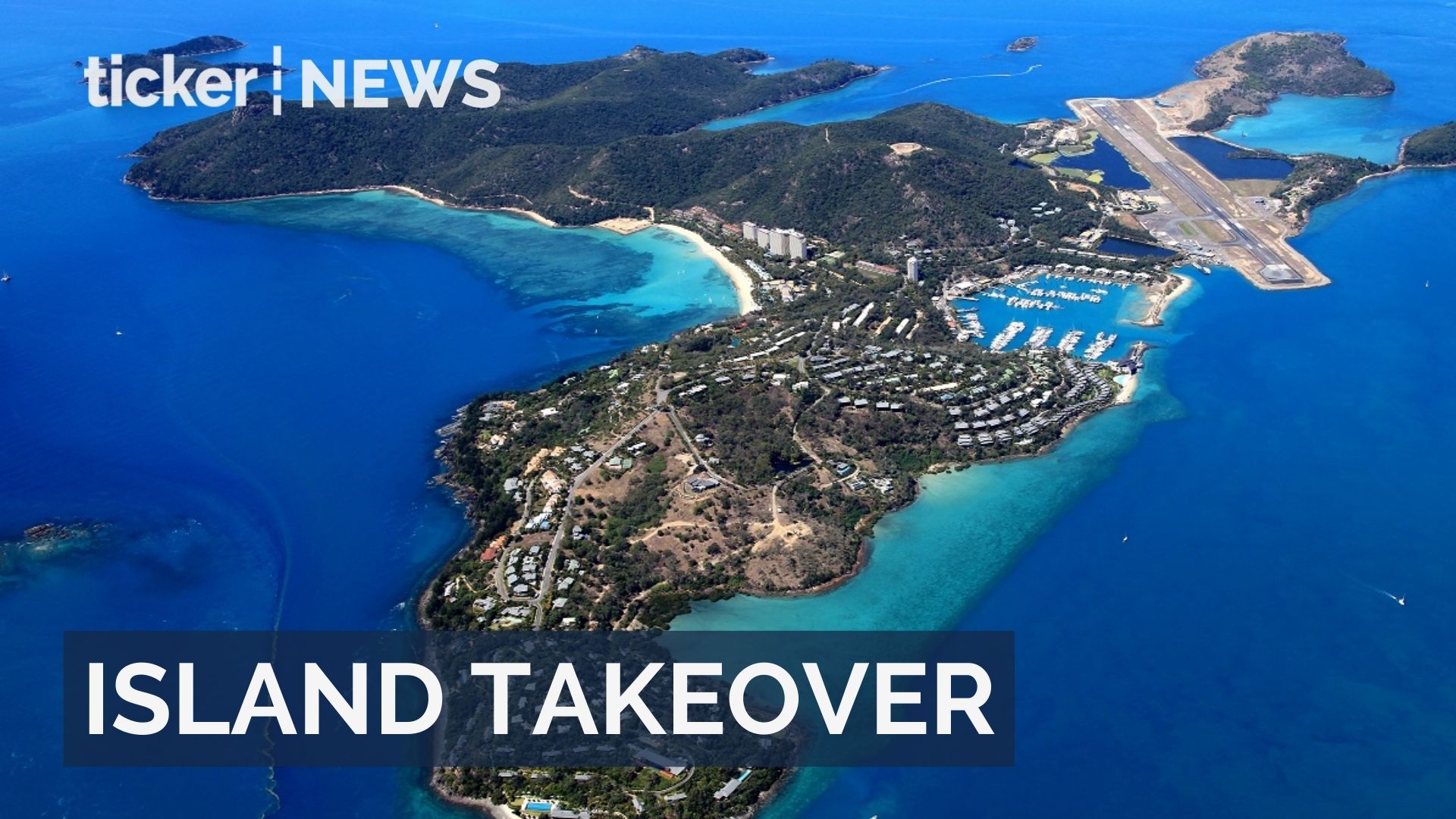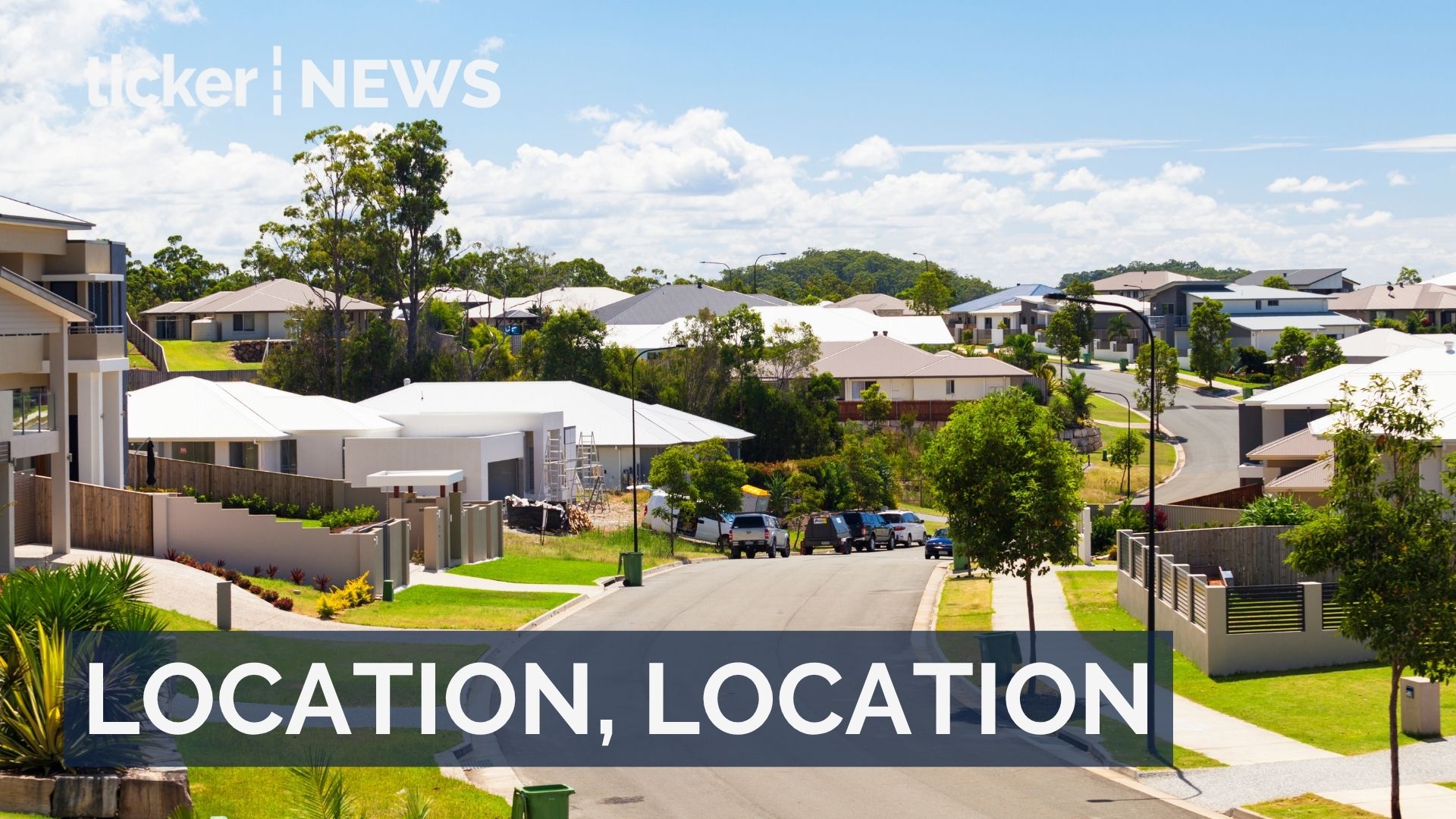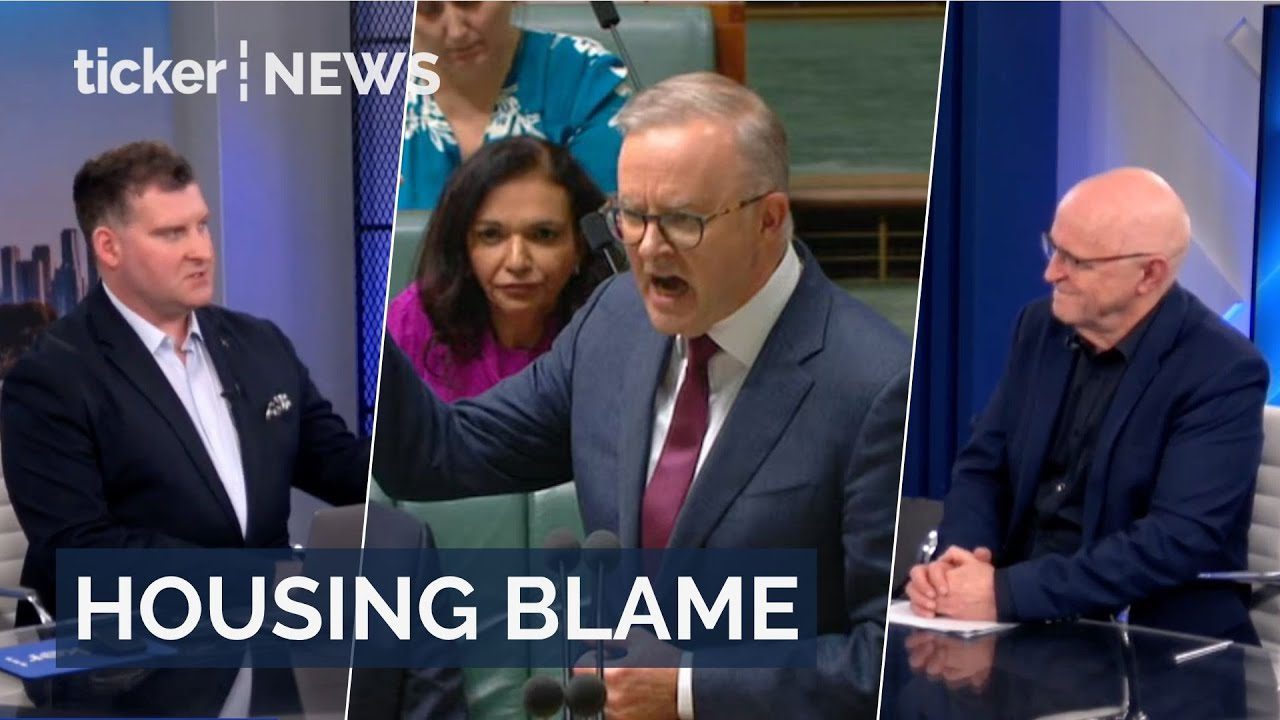Property
The great Australian dream slips further away with construction price spikes

Property
Blackstone acquires Hamilton Island for $1.2 billion
Blackstone acquires Hamilton Island for $1.2 billion, marking a major move in Australia’s hospitality sector
Property
Investors discover 25 top house markets for growth
New report reveals 25 Australian suburbs offering strong rental growth, affordability, and investment potential
Property
Why government policies keep driving property prices higher
“New book reveals politicians’ policies inflate property values, making homes less affordable; insights for buyers from Terry Ryder.”
-



 Ticker Views4 days ago
Ticker Views4 days agoInside Trump’s strategy for post-Maduro Venezuela
-



 Tech2 days ago
Tech2 days agoCES 2026 Highlights: AI, robotics, and the future of innovation
-



 Tech2 days ago
Tech2 days agoCES 2026 opens with AI powering the future of tech
-

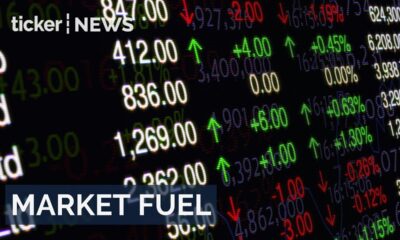

 Money4 days ago
Money4 days agoDow hits record after U.S. military action in Venezuela
-



 Crypto1 day ago
Crypto1 day agoMorgan Stanley files for Bitcoin, Solana, and Ethereum ETFs
-



 Ticker Views4 days ago
Ticker Views4 days agoTrump’s intervention in Venezuela: the 3 warnings for the world
-



 Ticker Views3 days ago
Ticker Views3 days agoElon Musk faces backlash over Grok AI Deepfakes
-

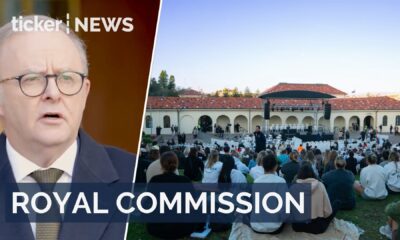

 News4 days ago
News4 days agoAlbanese open to royal commission into Bondi attack



